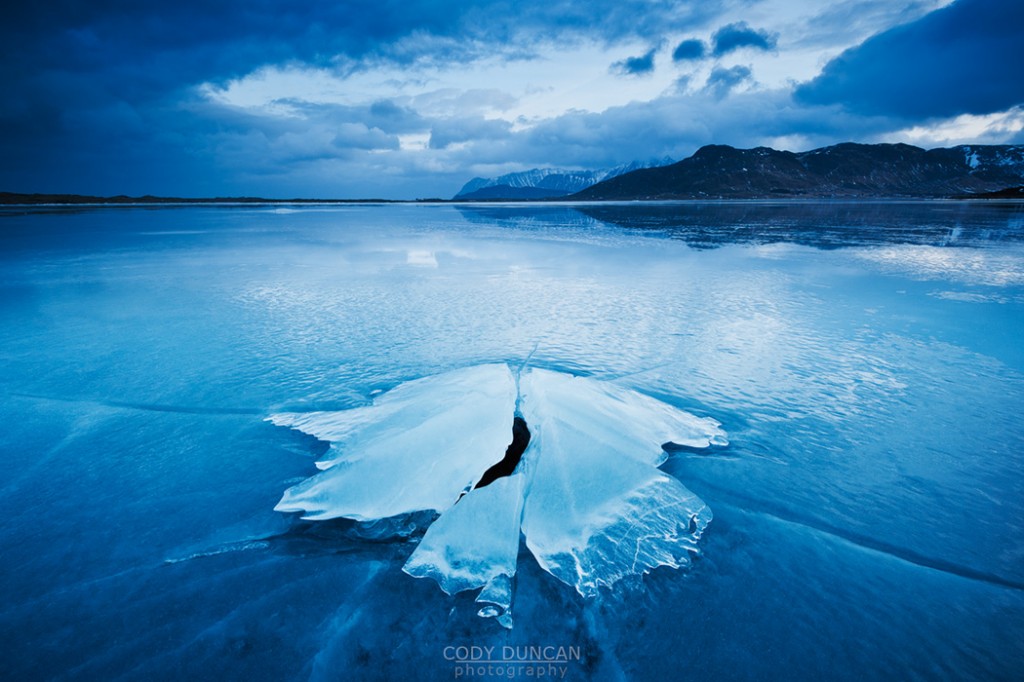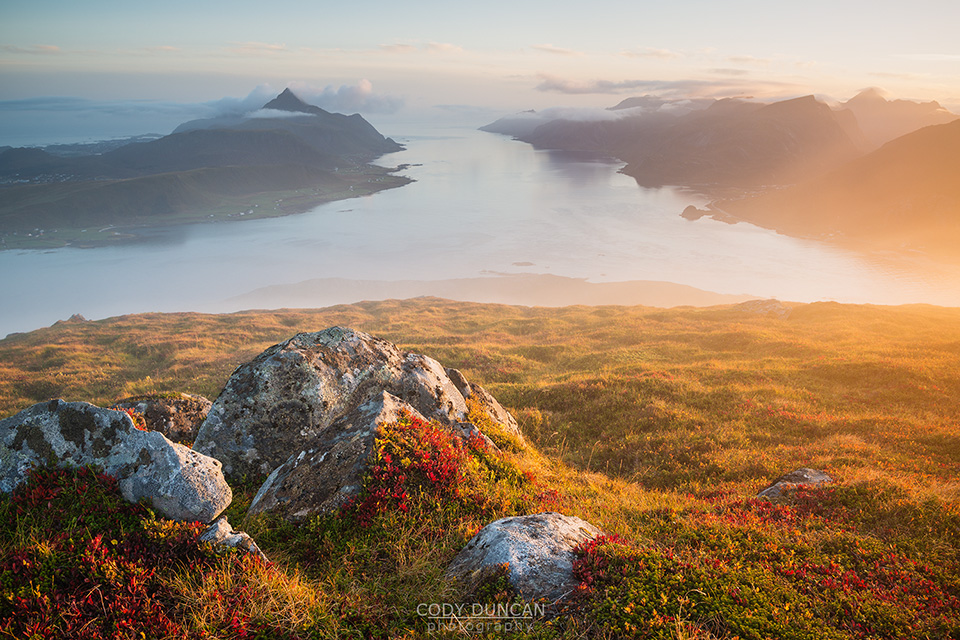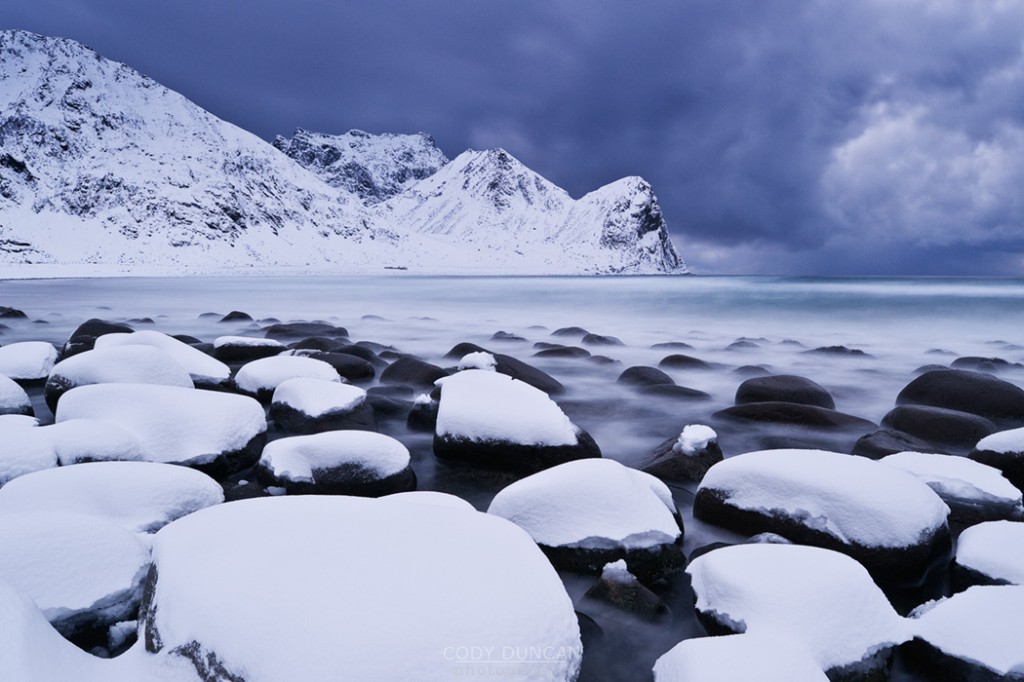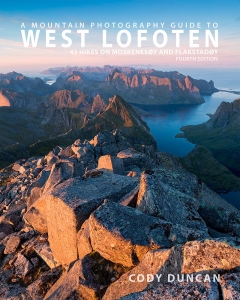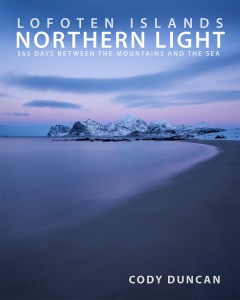Friday Photo #5 – Ytterpollen Ice Flower
Photo: Ice flower on Ytterpollen, Vestvågøya, Lofoten Islands, Norway. Feb 8, 2012. 09:39
This image is a product of the highly changeable weather of the Lofoten Islands. Two days prior, February 6, the temperature was -10.7˚C, the coldest day for the whole of 2012, and the islands were covered in a light dusting of fresh snow. Two days later, when this photo was taken, the temperature had risen to over 4˚C and a night of rain had melted nearly all the snow covering the lower elevations, including the snow that had been covering the frozen sea ice here at Ytterpollen, between Borg and Eggum.
I had been mostly been sleeping in my rental car out at Eggum and had been eyeing this section of coast as I drove by, knowing there would be possibilities of something interesting. The previous day, as the last light was disappearing from the sky I stopped near here, while there was still a covering of snow, and took a few photos of patterns in the ice cracks. But as I drove by the following morning I noticed the nights rain had melted the remaining snow, and these ‘ice flowers,’ where rocks cracked through the sea ice, took on surreal in interesting shapes. So of course, I parked on the side of the road and headed out for some photos.
First step onto the ice and I was immediately on my ass. Good that I hadn’t yet taken my camera out. To say that rain covered ice is slippery would be an understatement. Any minor gradation in the ice and I would slide, and slide until I reached a low point. I finally resorted to extending my tripod as using it as a makeshift walker along the lines of what old people use as I sort of skated and slid over the ice in a rather comical fashion. The ice creaked and cracked under my bodyweight and I thought it possible that I might break through at anytime (I was safe and wouldn’t have fallen in any deep water, just maybe some when feet, though still not desirable.).
I found the symmetrical nature of this ‘ice flower’ to be the most appealing of them all, or at least the ones I was willing to risk getting to. I made several compositions, with this extremely wide angle one, emphasising the foreground being the most appealing to me.
Technical info: The light was extremely flat so I had to increase the contrast in the image quite a bit in the foreground. And As I was in the shade, while there was some sunlight on the clouds in the background, I brought down the sky a bit to give a bit more balance to the image.
Camera Info:
Nikon D700
Nikon 16-35mm f/4.0
16mm
ISO 200
f 13
1/13 sec
WB Daylight
Single Image
No Filters

